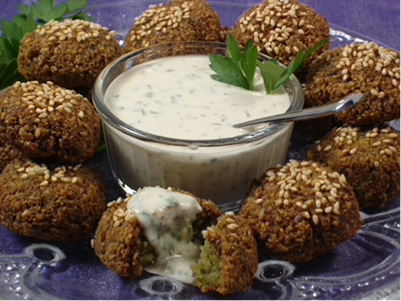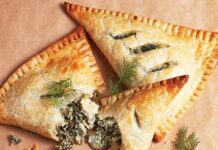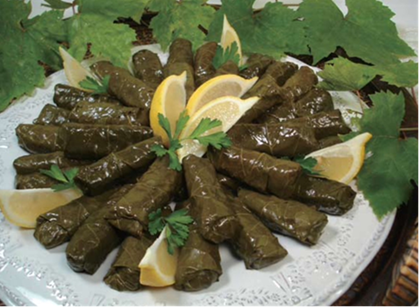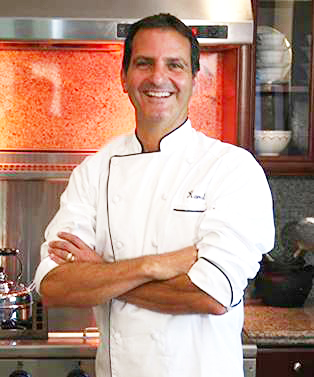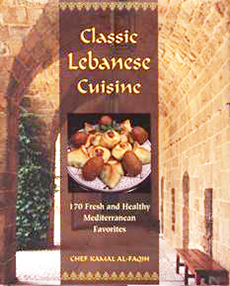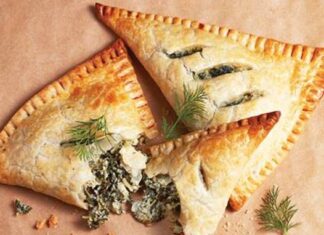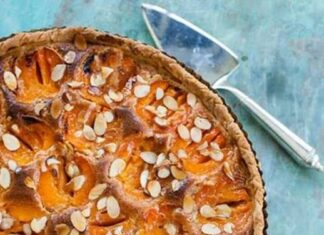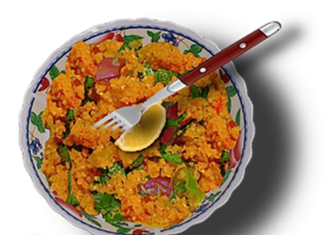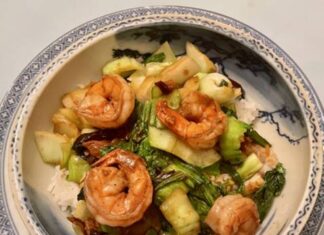In 1986, Chef Kamal Al‑Faqih made his debut as the owner and head chef of Med Catering, Inc., the first exclusively Mediterranean catering company in the Washington D.C. metropolitan area. Born in the United States, Al‑Faqih grew up watching his mother and aunts prepare traditional regional dishes, providing him a natural authenticity and palate for Lebanese and Mediterranean cuisine. He has catered events at the Smithsonian Museums, the White House, and numerous private homes, hosting such notables as Queen Noor of Jordan and Crown Prince Abdullah of Saudi Arabia. He led cooking demonstrations at the Middle East Institute and Georgetown University and continues to present in Southern California and on YouTube.
Chef Kamal is one of 39 Arab Americans featured in the PBS series, “Arab American Stories.” His cookbook, Classic Lebanese Cuisine: 170 Fresh and Healthy Mediterranean Favorites (2009), combines tradition with innovation.
Falafel
1 cup dry garbanzo beans (soak overnight)
1⁄2 teaspoon and 1⁄4 teaspoon baking soda, divided
2 tablespoons coarsely chopped garlic



